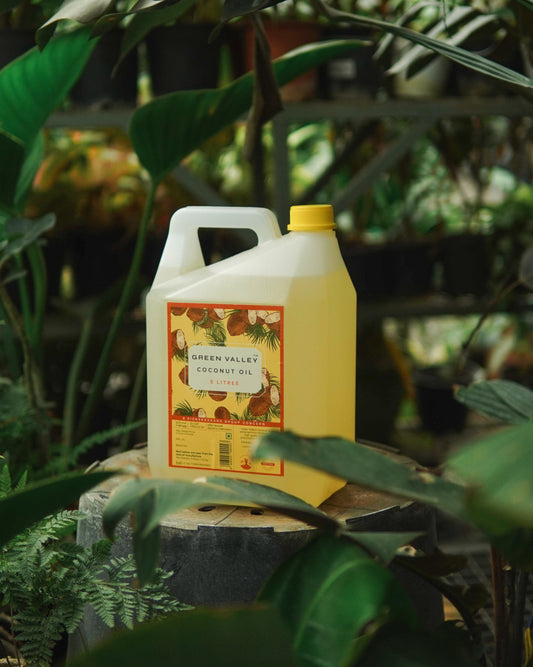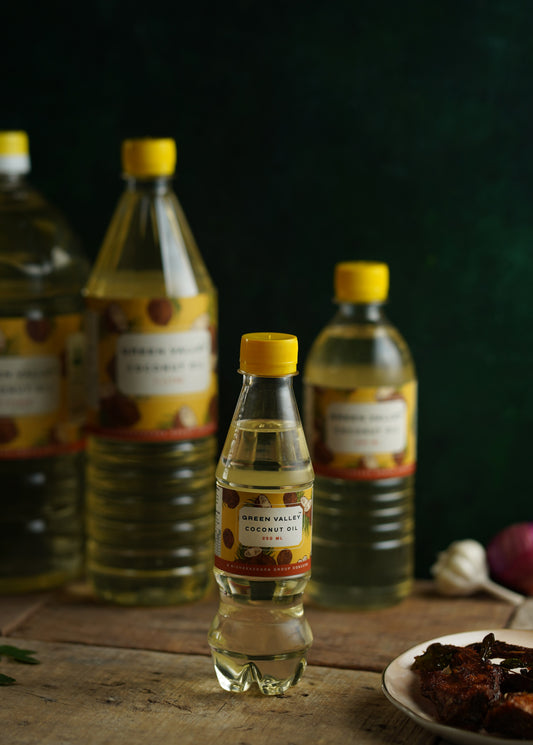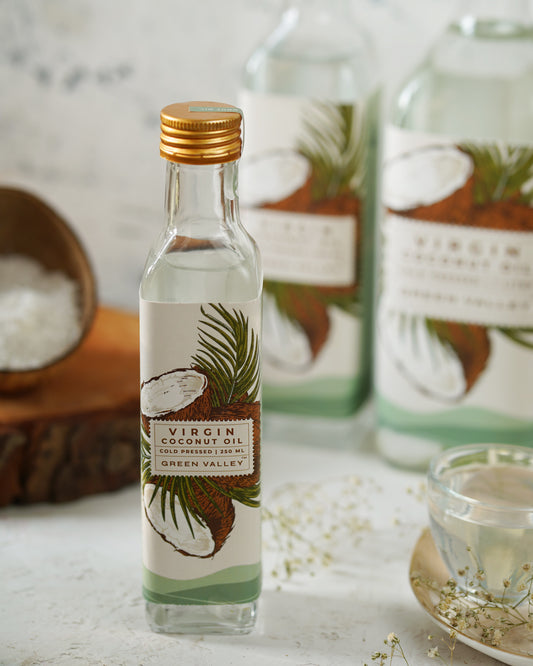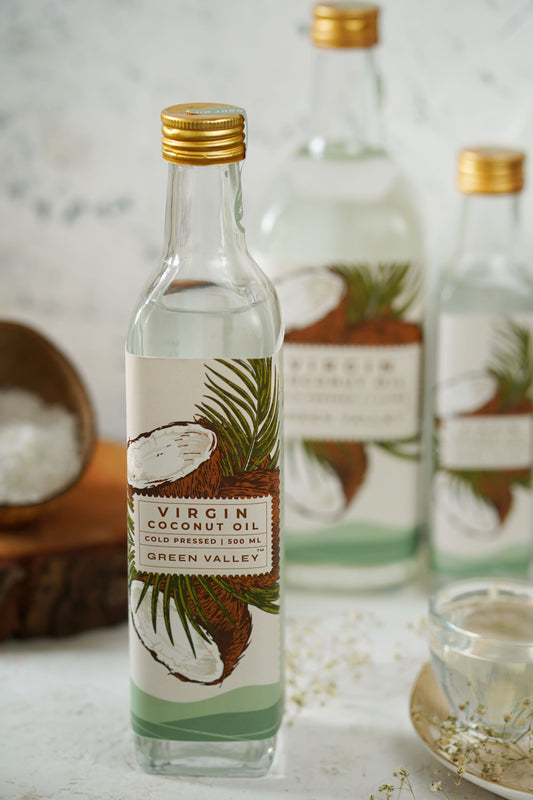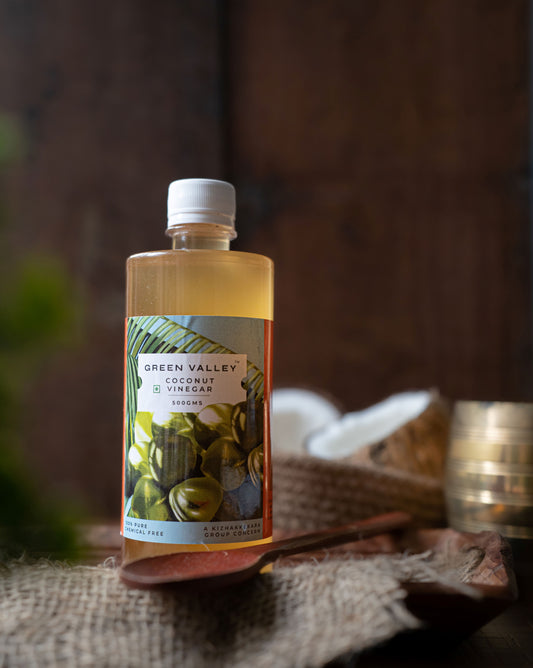Palm oil is everywhere: in your chocolate bar, your shampoo, your ramen noodles, and even that “healthy” nut‑butter spread. It’s the most consumed edible oil on Earth, cheap to grow and wonderfully shelf‑stable. But should it be your go‑to cooking fat,or even a silent passenger in your pantry? Below, we break down the biggest evidence‑backed cons of palm oil, then show you how a smooth pivot to virgin coconut oil can keep both your arteries and the planet a little happier.
1. It’s A Saturated‑Fat Heavyweight
Palm oil is roughly 50 % saturated fat (mostly palmitic acid), a profile linked to raised LDL cholesterol. A meta‑analysis of clinical trials confirmed that palm oil significantly increases LDL compared with vegetable oils low in saturates (think olive, canola or sunflower). Even if HDL creeps up a smidge, the overall ratio isn’t heart‑friendly, especially if your diet is already rich in animal fats.
2. Increases LDL And Heart Disease Risk
A 2024 review on saturated fats notes that long‑chain types (like palmitic acid) are “strongly associated with higher cardiometabolic risk,” urging consumers to keep total saturates below 10 % of calories. Translation: your morning toast slathered in palm‑oil‑based spread isn’t doing your ticker favours.
3. Sneaky Calories In Processed Foods
Palm oil’s low cost means it shows up in ultra‑processed snacks, cookies and fried goodies—often under the radar. Those foods, not surprisingly, are prime drivers of over‑consumption and weight gain. The oil itself may not taste like anything, but it packs 9 cal/g all the same.
4. Heat‑Processing Contaminants (3‑MCPD & GE)
During deodorisation (200 °C+), palm oil produces 3‑monochloropropane‑diol (3‑MCPD) and glycidyl esters (GE)—compounds flagged by EFSA for kidney toxicity and probable carcinogenicity. Palm oil tops the charts for these contaminants, averaging nearly 3 mg/kg of 3‑MCPDE and 4 mg/kg of GE, far above other edible oils. Regulators now cap levels, but spot testing still finds hot‑running batches.
5. Oxidative Stress When Re‑Fried
Like any high‑saturate fat, palm oil holds up to heat—yet repeated deep‑fry cycles generate aldehydes that can damage DNA, lipids and proteins. Street vendors may reuse the same palm oil day after day, turning cheap fries into oxidative time bombs.
6. Accelerates Deforestation
Palm oil monocultures drive some of the fastest deforestation on the planet. In 2023, Indonesia’s Rawa Singkil—home to the densest Sumatran orangutan population—logged record forest loss to illegal palm expansion. A 2025 report shows a new concession in Borneo set to clear 10,000 ha of high‑conservation forest, threatening orangutans, tigers and peat‑carbon stores.
7. Biodiversity Crash
Those plantations don’t just remove trees; they erase entire ecosystems. Studies link palm‑driven habitat loss to sharp declines in orangutans, pygmy elephants and hundreds of bird and insect species. Replanting with “sustainable” palms helps a little, but natural forest complexity is gone for decades—if not forever.
8. High Greenhouse Gas Emission
Slash‑and‑burn clearing of peatlands releases CO₂ in fire‑bursts visible from space. Even supposedly “sustainable” palm oil can’t erase the legacy emissions baked into older plantations. One 2019 life‑cycle analysis found each kilogram of average palm oil carries a carbon footprint of 2.9 kg CO₂‑eq—roughly triple that of canola.
9. Social & Ethical Pitfalls
From land grabs that displace Indigenous communities to reports of forced and child labour, the human‑rights ledger on palm oil is messy. Certification schemes (RSPO, ISCC) are improving, but watchdogs still catch member companies breaking no‑burn pledges and underpaying workers.
10. Hidden Everywhere, Hard To Quit
Palm oil masquerades as “vegetable oil,” “palm stearin,” “palm kernel,” even “sodium lauryl sulfate” in cosmetics. For consumers trying to limit intake, constant label vigilance is exhausting. That ubiquity means many of us eat more palm oil than we realise—another reason saturated‑fat tallies creep beyond recommended targets.
But Isn’t Palm Oil More Stable Than Other Oils?
Sure. Its high saturated‑fat content keeps it solid at room temperature and less prone to rancidity—great for shelf life, not necessarily for arteries. If you strictly need a heat‑stable fat, virgin coconut oil offers a similar smoke point (≈ 350 °F/177 °C unrefined, ≈ 400 °F/204 °C refined) with added perks and fewer environmental skeletons.
Coconut Oil: A Cleaner Tropical Choice
-
Higher MCT content (62 %) means quicker energy burn and a modest thermogenic effect.
-
Lower contaminant risk (far fewer 3‑MCPD/GE esters; produced at cooler temps).
-
Harvested from existing coconut groves rather than freshly cleared rainforest, expansion pressure is comparatively low.
-
Antimicrobial lauric acid supports gut microbiota and oral health.
-
Pleasant nutty‑sweet flavour—no need to mask it with spices.
Remember: coconut oil still contains saturates, so moderation matters (1–2 Tbsp/day max). Use it instead of palm‑based shortenings, not in addition to them.
Easy Switch‑Over Tips
|
Current Use |
Swap In Virgin Coconut Oil |
How To Do It |
|
Baking cookies or muffins |
Replace palm‑based shortening 1:1 |
Soften coconut oil to room temp for the creaming step |
|
Deep‑frying snacks |
Use coconut oil made from copra |
Keep below 400°F and discard after 2–3 cycles |
|
Store‑bought nut butters |
DIY nut butter + coconut oil |
Blend roasted nuts, 1 Tbsp coconut oil, a pinch of salt |
|
Cosmetic scrubs & balms |
Coconut oil + sugar/coffee grounds |
Melt, mix, pour into jars—zero microplastics |
The Take‑Home
Palm oil’s global dominance has a steep health, environmental and ethical cost. While small doses won’t torpedo an otherwise stellar diet, the hidden, cumulative intake—plus its planetary baggage—makes rethinking your fat choices wise.
Virgin coconut oil steps in as a versatile, comparatively eco‑gentle alternative - similar stability, richer nutrient profile and fewer processing contaminants. Pair it with olive oil for salads and avocado oil for high‑heat searing, and your kitchen (and conscience) will be greener, cleaner and maybe a notch leaner.
So next grocery run, channel your inner island spirit: grab the jar with the beachy aroma, skip the products with cryptic “vegetable oil,” and toast (lightly, in coconut oil) to a heart‑smarter, forest‑friendlier pantry. Your arteries, orangutans and taste buds will all say mahalo.
pubmed.ncbi.nlm.nih.gov, health.com, efsa.europa.eu, news.mongabay.com, news.mongabay.com


